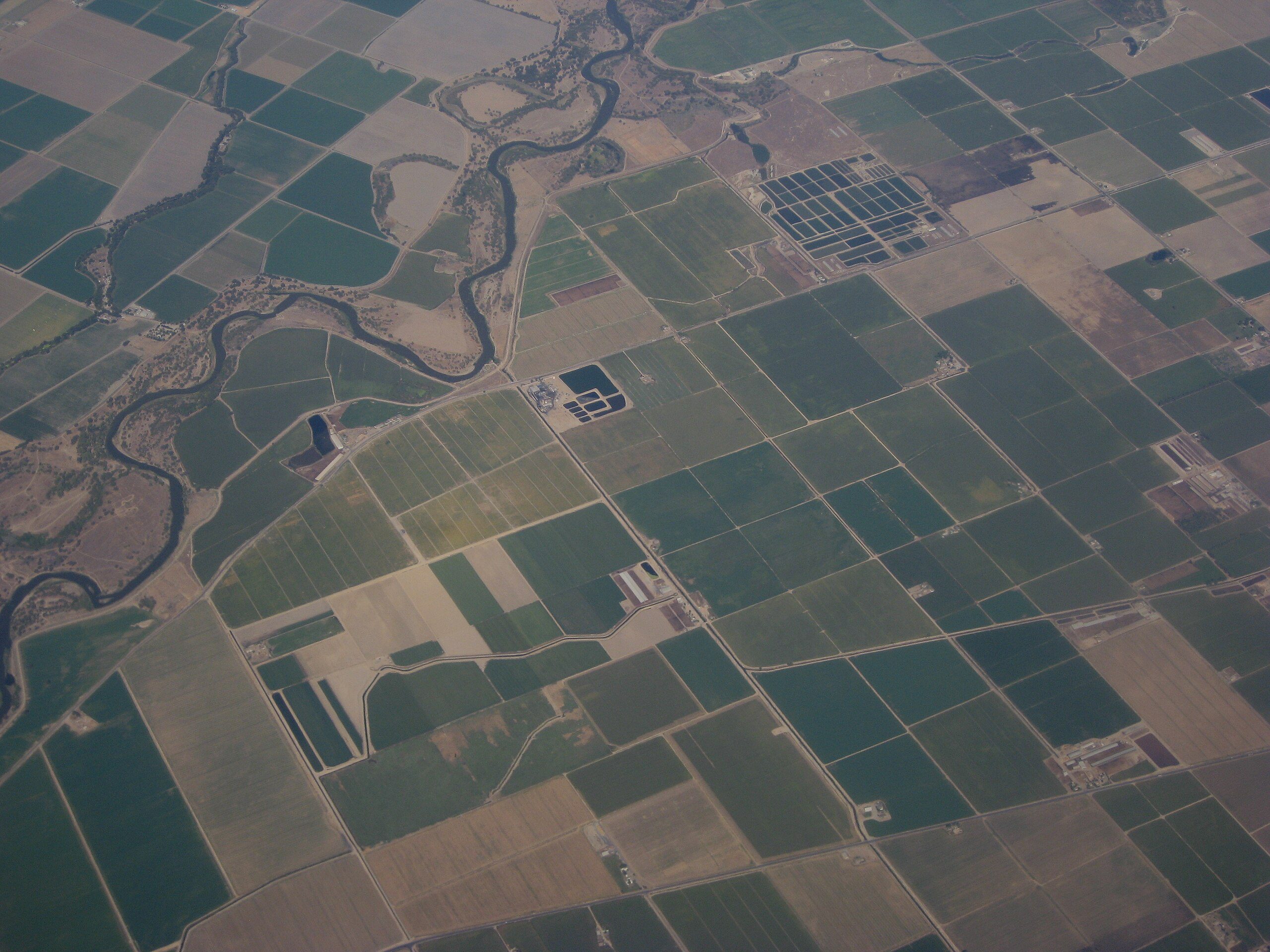- San Joaquin Valley has sunk by the volume of 14 km³ in 16 years.
- Recent subsidence matches 24 years of historic sinking.
- Damage to canals, rail routes, and flood risks intensify.
- Deeper groundwater pumping drives irreversible land changes.
- Sustainable management could prevent further subsidence.
November 21, 2024 — In the San Joaquin Valley, decades of groundwater overuse have created a dramatic and ongoing phenomenon: land subsidence. Between 2006 and 2022, researchers M. Lees and R. Knight documented a staggering 14 km³ (equivalent to approximately 494.4 trillion cubic feet) of land sinking—a total that equals the subsidence measured over 24 years in the mid-20th century. This marks one of the largest human-induced land alterations in history.
Why is the Valley sinking?
According to the researchers, groundwater pumping, especially from deeper aquifers, has triggered the compaction of underground clay layers. This compaction is largely irreversible, depleting groundwater reserves and fundamentally altering the land’s structure. In some areas, subsidence has reached over 30 centimeters (approximately 11.81 inches) per year.
Periods of drought, combined with reduced surface water availability, have driven agricultural reliance on groundwater, worsening the problem. Damaged aqueducts, railways, and irrigation systems are evidence of the high economic toll. The region’s flat terrain increases flood risks as sinking land disrupts drainage patterns.
A Call for Targeted Solutions.
To combat this crisis, the researchers emphasize the need to reduce pumping from the Valley’s deepest aquifers. “Halting subsidence doesn’t mean eliminating all groundwater use, but we must focus on compacting aquifers,” the study explains . Recharge programs, like injecting treated water into aquifers or strategically managing shallow recharge, could help, but these efforts require precise coordination across localities.
. Recharge programs, like injecting treated water into aquifers or strategically managing shallow recharge, could help, but these efforts require precise coordination across localities.
Learning from the Past and a Warning for the Future.
History shows subsidence mitigation is possible. During the mid-20th century, imported surface water slowed the Valley’s sinking by replacing groundwater for irrigation. However, today’s challenge requires adapting these strategies to modern droughts and resource constraints.
The San Joaquin Valley’s subsidence crisis is a stark warning about unsustainable groundwater use. Immediate action focusing on targeted aquifer management could stabilize the region, but without change, California risks more infrastructure damage, higher economic costs, and long-term environmental harm.
Citation.
Lees, M., Knight, R. Quantification of record-breaking subsidence in California’s San Joaquin Valley. Commun Earth Environ 5, 677 (2024). https://doi.org/10.1038/s43247-024-01778-w
Image:
San Joaquin Valley farms , August 2009 by brewbooks. Licensed under the Creative Commons Attribution-Share Alike 2.0 Generic license.
, August 2009 by brewbooks. Licensed under the Creative Commons Attribution-Share Alike 2.0 Generic license.





Leave a Reply